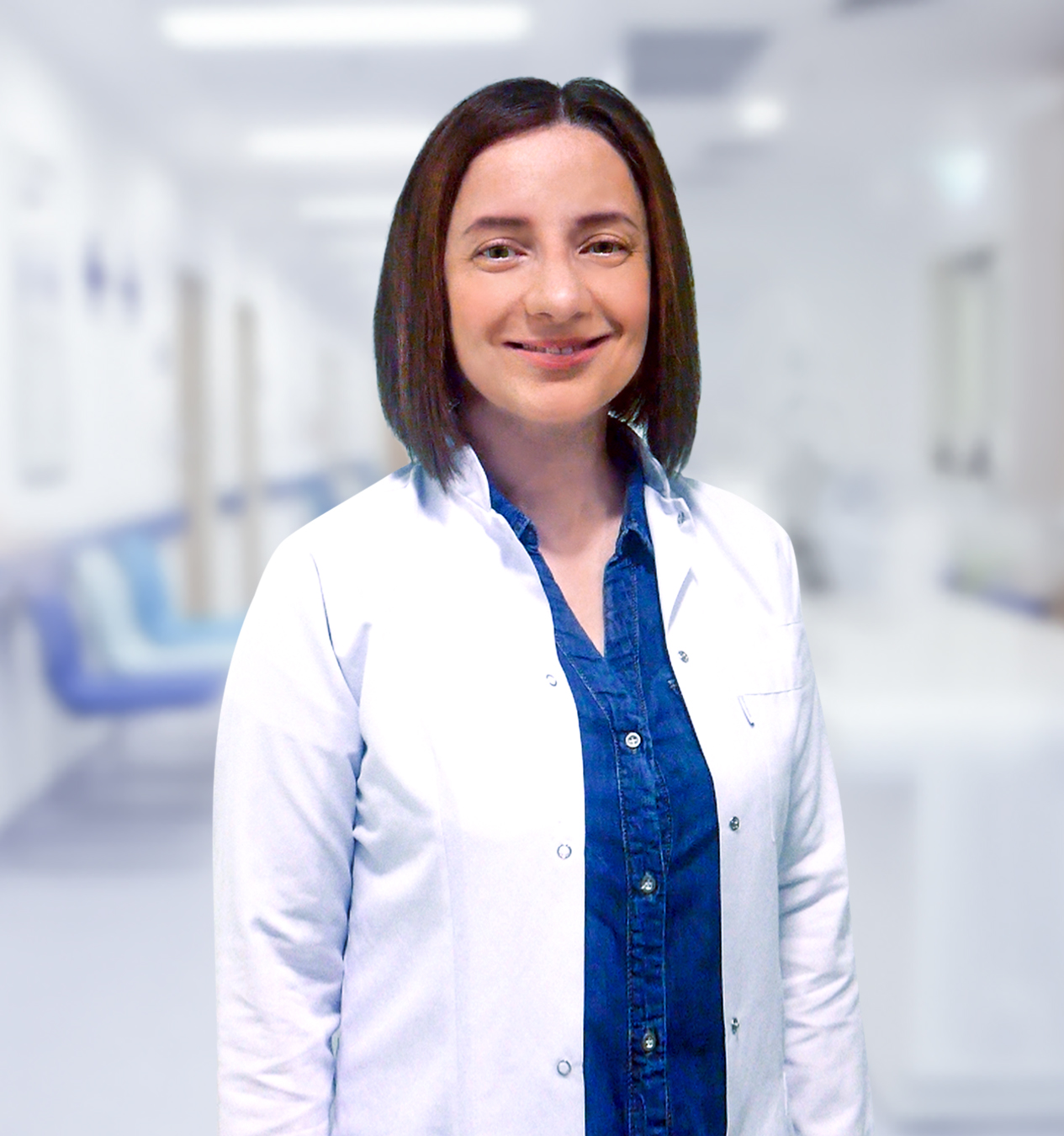Alo Yeditepe
Alo Yeditepe
Curiosities About Cerebral Palsy
There is an increasing prevalence of strokes in older age groups, but when we look at young stroke patients under the age of 50, we observe a stable course in the data. The number of patients with cerebral palsy, popularly known as stroke, is several million in Turkey and this number is gradually increasing. An annual loss of 45 thousand lives is due to stroke. Sticking needles in the fingers or earlobes of the stroke patient, pouring water on the patient, etc. do not help at all, they are completely urban legends, and their harm is to make the patient waste time. The only treatment is to open the blocked vessel with acute medication or angiographic intervention. For this, the patient must be taken to a stroke centre by calling 112 immediately.
Our Neurology Specialist Dr. Lecturer. Prof. Dr. Halide Rengin Bilgen Akdeniz answered the questions about cerebral palsy, commonly known as stroke.
What is Cerebral Palsy (Stroke)?
A stroke occurs when the blood supply to the brain is cut off and brain cells die. The damage can lead to long-term disability and affect the way people think and feel.
Cerebral Palsy Causes?
The most common cause of a brain stroke is fatty deposits or blood clots blocking the arteries supplying the brain, known as ischaemic stroke. This happens due to cardiovascular disease in which blood vessels become narrowed or blocked by plaques over time. These are made up of cholesterol, calcium and other substances that build up on the artery walls in a process known as atherosclerosis. The other type of attack, called haemorrhagic stroke, occurs when a blood vessel in the brain is damaged and starts leaking blood into the organ.
What are the Factors Increasing the Risk of Cerebral Palsy (Stroke)?
Hypertension, diabetes mellitus, high cholesterol, obesity, smoking, heart diseases, family history of stroke/ cardiovascular diseases, sedentary life, irregular sleep, stress can be listed among the reasons that increase the risk of stroke at any age. In strokes seen at a young age (under the age of 50), sometimes without these risk factors, genetic characteristics; medications used (for example oral contraceptives), pregnancy and postpartum period, such as hypercoagulability in the blood (ie conditions that increase the tendency to clot); trauma-related or connective tissue diseases such as rupture of the vessel wall called cervical dissection, autoimmune diseases that affect the whole body or sometimes only the nervous system called vasculitis, some heart diseases that we can see in childhood-young adulthood and conditions that develop due to their sequelae (heart valve diseases, patent foramen ovale, which should normally be closed, remaining open, some rhythm disorders) can be seen as the cause of stroke.
Genetic Factors in Cerebral Palsy
Although genetic factors and, as we mentioned, family history are important in advanced age, many risk factors that occur with advancing age all contribute to the etiology of stroke, so it can be multifactorial, that is, many causes may underlie. In young age strokes, we see genetic factors as the cause of stroke a little more prominently.
Brain Stroke (Stroke) Treatment
The first treatments that should be done in a person who has had a stroke, the management of stroke treatment, the sequelae that may develop afterwards and the treatments for them do not actually differ significantly in young or advanced age strokes. The most important thing in stroke, whether young or old, is to notify 112 without wasting any time when there is a new neurological symptom such as speech disorder, facial shift, loss of strength in the arms and legs, so that the patient can be transported to a centre where intervention can be performed as soon as possible. In stroke, the faster acute treatments can be performed, the better results we can get. Unfortunately, brain cells have very little resistance to low blood flow and lack of oxygen. Therefore, rapid treatment is the only important thing in the presence of such symptoms, regardless of young/old age.
After the acute treatment, we carry out further investigations on the cause of the stroke and determine the treatment we will give to prevent recurrent stroke in the person who has had a stroke accordingly..
What to Pay Attention to After Brain Stroke (Stroke)?
When it comes to controls, if there are many people in the family who have problems such as stroke / heart attack / leg vascular occlusion problems, if there is a history of cerebral haemorrhage, since genetic factors may be effective, these people who have never had a stroke should definitely be checked by a neurologist.
Apart from that, what we always say to reduce the risk of stroke is to eliminate the risk factors that we can prevent, and to organise life in this direction as much as possible. This means a healthy diet, a sedentary life, avoiding smoking and stress as much as possible, ensuring sleep patterns, and keeping existing diseases such as hypertension and diabetes mellitus under control with regular medication and doctor follow-up.
About
Faculty and Year of Graduation:
İstanbul University Faculty of Medicine, 2002
”
See Also
- What is Parkinson's Disease? What are the Symptoms of Parkinson's Disease?
- Pudendal Nerve Compression
- The Use of Botox in Neurological Diseases
- What is Epilepsy?
- School Stress Invites Sleepwalking
- Daughter-in-Laws Care for Alzheimer's Patients
- Recommendations From The Expert For Migraine Patients
- As Insomnia Increases, Its Harmful Effects on the Immune System Also Increase
- 8 Tips for Better Sleep
Alo Yeditepe




